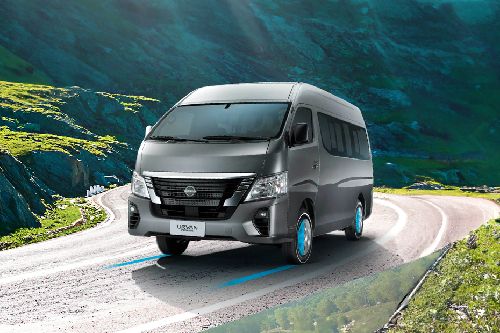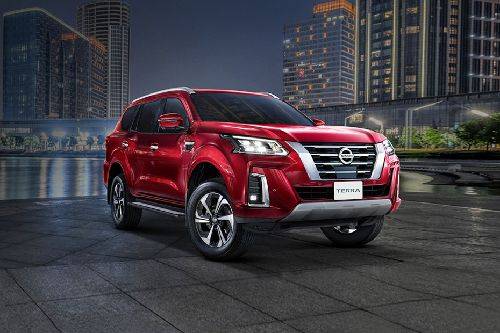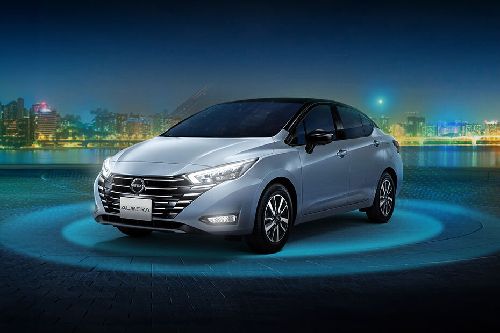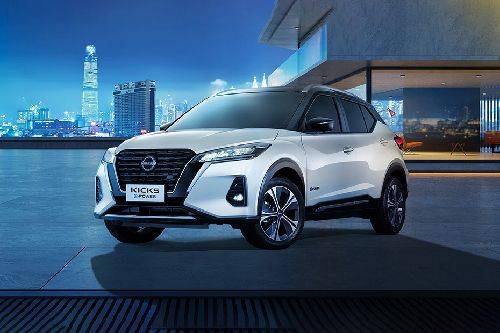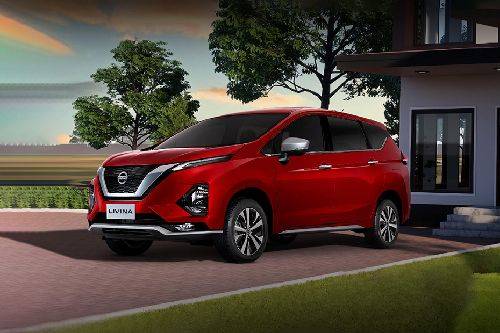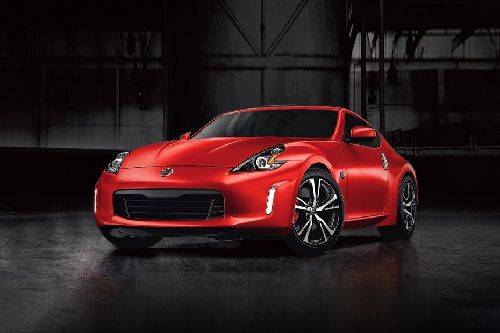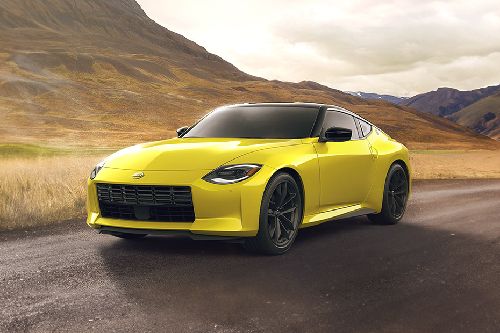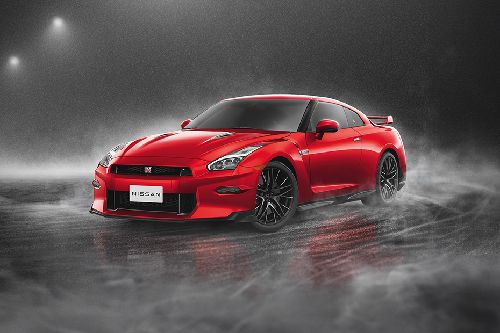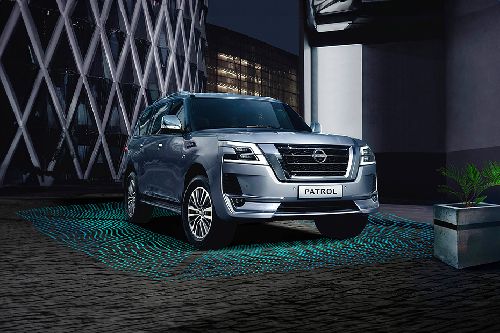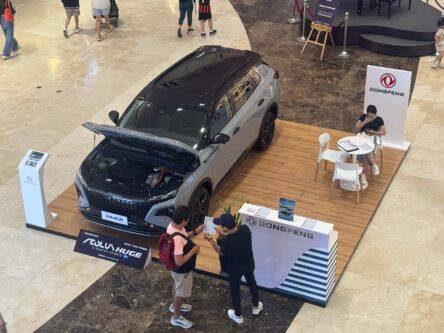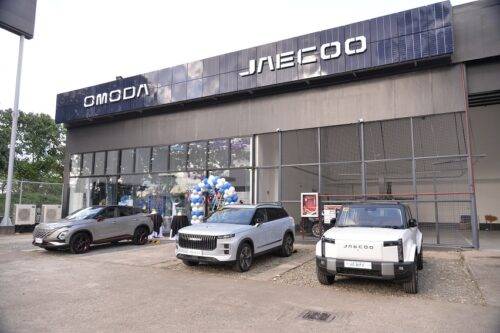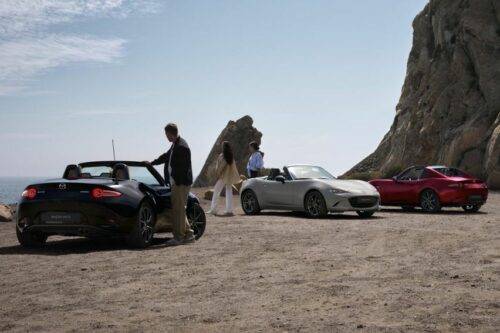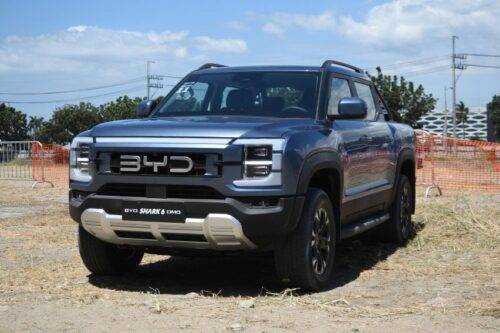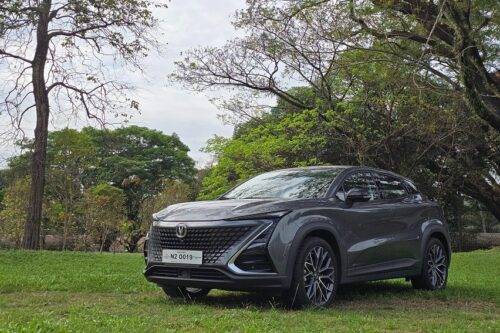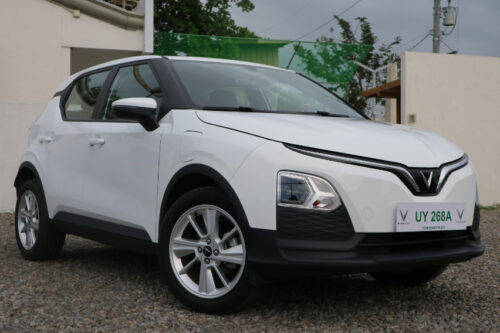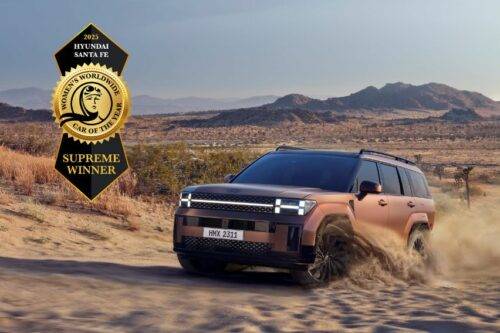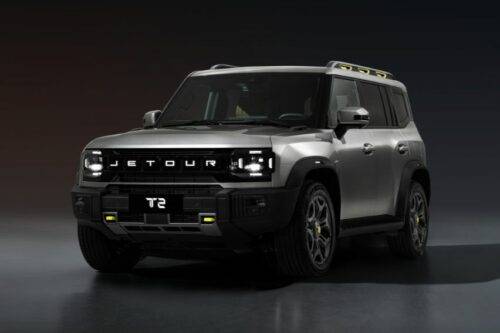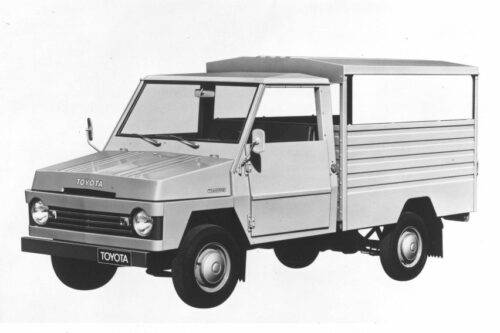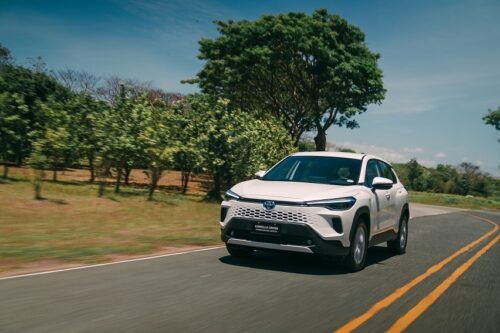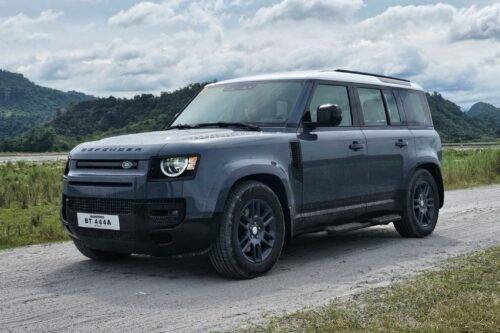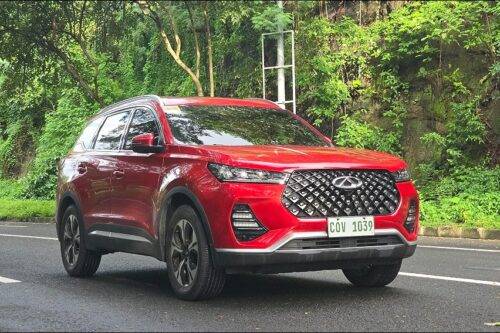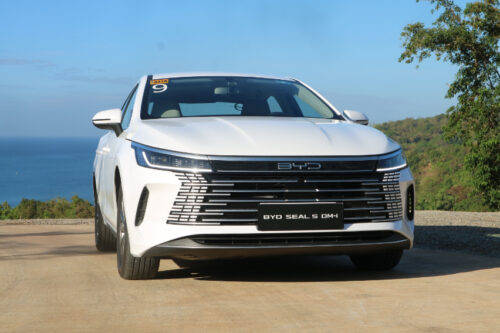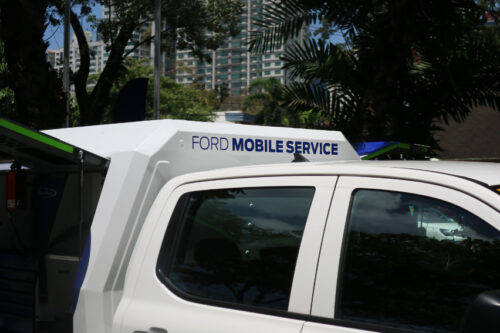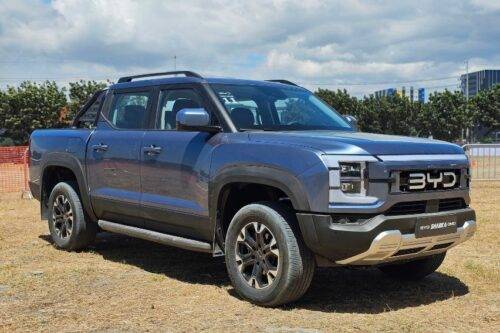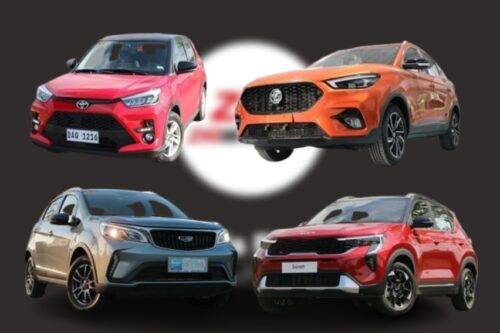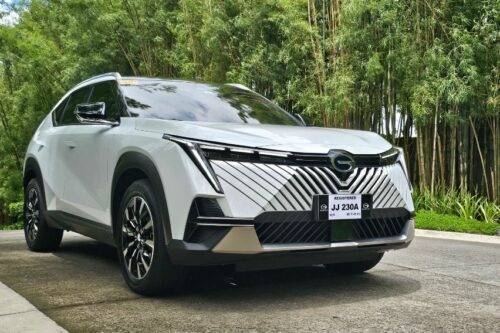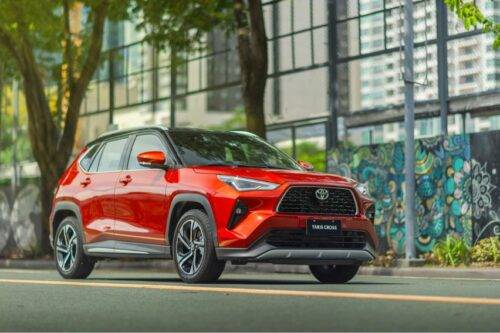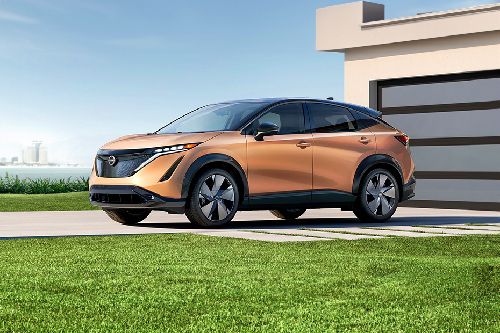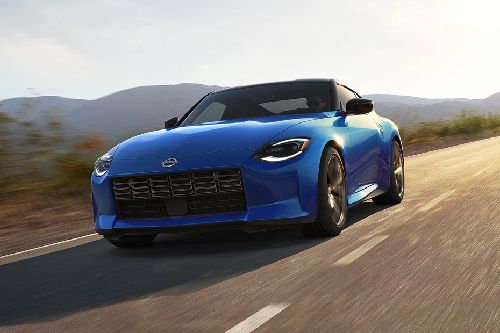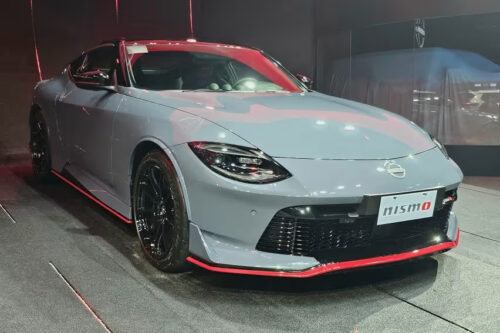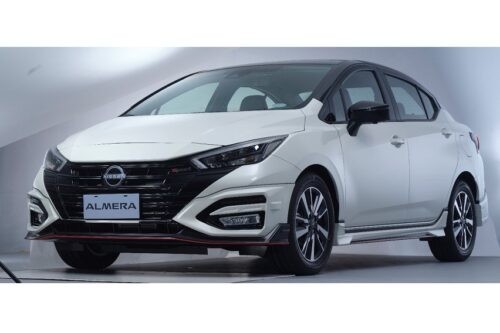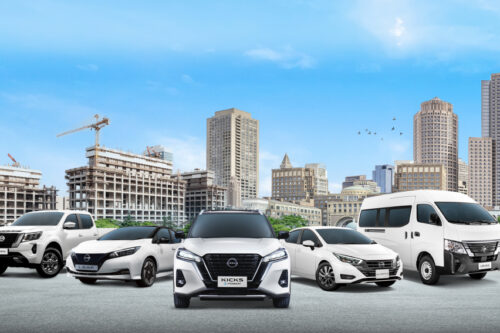Nissan introduces a hybrid version of the Juke
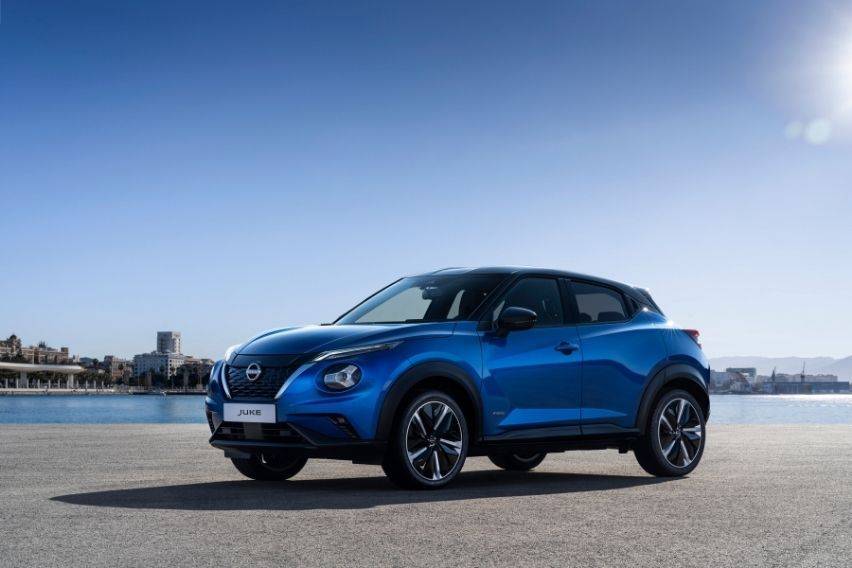
MANILA: The Nissan Juke will soon be available with a hybrid powertrain, providing responsive performance while reducing emissions and consumption.
KEY TAKEAWAYS
What are the key customer benefits of the Nissan Juke Hybrid's multi-modal hybrid powertrain?
The key customer benefits of the Nissan Juke Hybrid's multi-modal powertrain are 100% electric-only start up, enjoyable drivability in all circumstances, and excellent fuel efficiency.What powers the Nissan Juke Hybrid?
The Nissan Juke hybrid powertrain is composed of a cutting-edge Nissan internal combustion engine that was designed exclusively for use in a hybrid powertrain. It also comes with an electric motor than generates 48hp and 205 Nm of torque.In a statement, Nissan AMIEO (Africa, Middle East, India, Europe and Oceania) Chairperson Guillaume Cartier said, “Nissan’s electrified product strategy is gaining momentum and the Juke Hybrid which will join the line-up later this year will represent another milestone on our strategic ambition to have fully-electrified range by 2023.”

Instead of upgrading traditional internal combustion engines with electric capabilities, Juke Hybrid will feature a true multi-modal hybrid powertrain, giving key customer benefits:
- 100% electric-only start up – every time
- Enjoyable drivability in all circumstances
- Excellent fuel efficiency, thanks to the smart multi-modal gearbox, efficient regenerative braking, and high performance battery
The idea of pleasurable driving experience for Juke customers was vital in the creation of the hybrid powertrain. This new powerful, agile, and efficient powertrain can complement the exhilaration of the drive.
The Juke hybrid powertrain is made up of a cutting-edge Nissan internal combustion engine that was designed exclusively for use in a hybrid powertrain. It generates a power output of 93hp and a torque of 148 Nm.
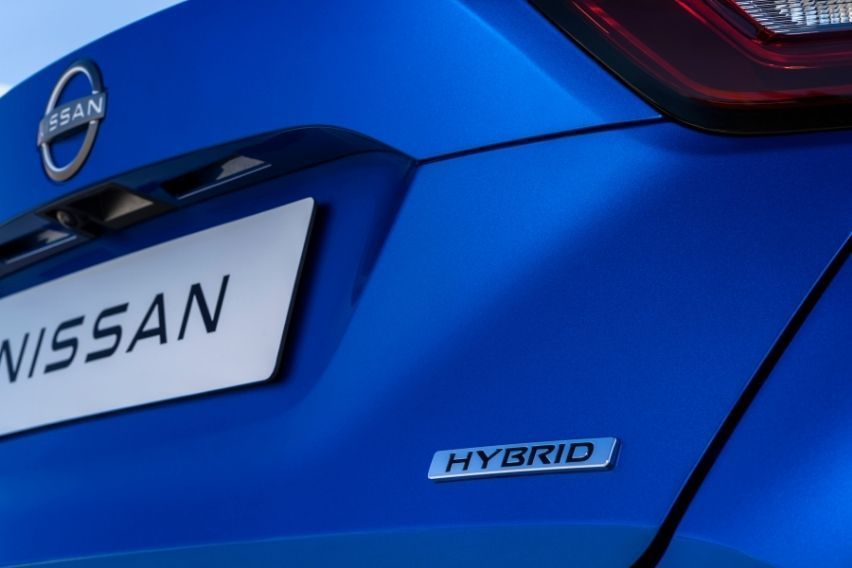
With the additional electric motor, the juke adds 48hp and 205 Nm of torque. Renault supplies the 15-kW high voltage starter/generator, the inverter, the 1.2-kWh water-cooled battery, and the all-new gearbox. This results 25% more power compared to the current petrol engine option, while consuming up to 40% less fuel in city driving and up to 20% combined with highway driving.
An innovative low friction multi-modal gearbox is the core of the Juke Hybrid’s driving pleasure, making optimal use of propelling power, whether electric, petrol engine, or both.
To reduce friction, the gearbox operates the four gears linked to the internal combustion engine and two EV gears using dog clutches rather than traditional synchronizer rings omitting the need for a clutch. All vehicle starts are electric, and the two EV motors work together synchronizing the gears, resulting in a smooth, connected, and quick acceleration.
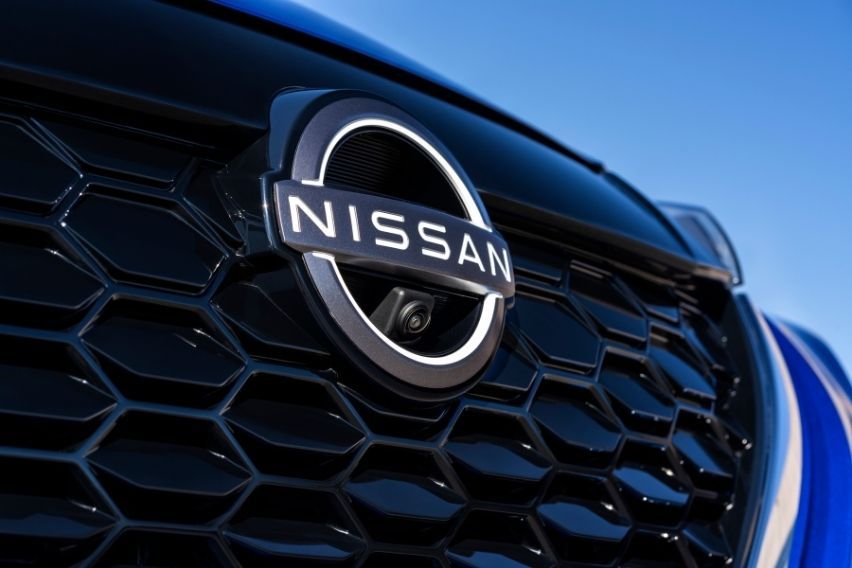
An innovative algorithm manages the shift points, battery regeneration, and the advanced series-parallel architecture of the gearbox. Without any driver input, the powertrain may effortlessly shift between different hybridization types (series, parallel, series-parallel) based on acceleration and power requirements. As a result, the driver will have the best of both worlds: hassle-free rapid acceleration and efficient low emissions.
The intelligent drive system in the Juke Hybrid regulates the powertrain based on several parameters, with the goal of maximizing the amount of time the vehicle spends in EV mode. Nissan engineers have accomplished up to 80% of an urban drive in pure EV mode during testing, with brief hybrid phases to recharge the battery before switching back to EV mode. The Juke Hybrid not only starts 100% in electric mode, but it can also reach speeds of up to 55 kph in pure EV mode, providing drivers with a strong and consistent EV driving experience.
The system will optimize EV usage automatically, but the Juke Hybrid also comes with a dedicated EV mode switch that can be utilized when the driver does not want the engine running, such as in residential areas, near built-up areas like schools, carparks, drive-throughs, and in traffic jams. While the battery’s state of charge allows, the Juke Hybrid will be forced to operate solely on electricity.
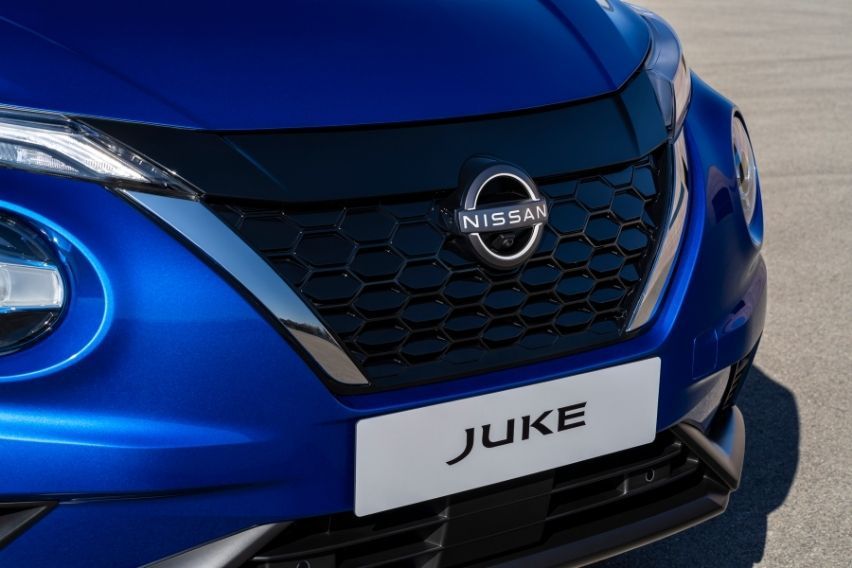
When the vehicle slows down, the electric motor works as a generator, collecting kinetic energy and converting it to electricity for storage in the hybrid propulsion battery.
To produce a natural pedal feel and efficient energy recovery, the innovative Regenerative Cooperative Brake function combines regenerative braking and traditional friction braking. The driver will be unaware of the changes made between the two systems, ensuring that the feedback through the brake pedal stays consistent and natural.
The Juke Hybrid also has a drive mode selector, which allows the drive to choose between Eco, Normal, and Sport modes. Not only does the drive mode affect steering effort, climate control operation, and accelerator pedal response, but it also changes regenerative braking behavior and battery state of charge. In Sport mode, regeneration under braking is tuned to a high level to optimize electric power for fast acceleration.
The Juke Hybrid, like the Leaf pure EV, will be fitted with Nissan’s e-Pedal step system, which, when activated, allows the driver to control the vehicle’s movement using the accelerator pedal. When the foot is lifted off the accelerator, moderate braking is applied, bringing the Juke to a crawling speed. Deceleration may necessitate further foot braking, which is also required to come to a full stop. Using the e-Pedal quickly becomes intuitive and the effect is to lessen the driver’s workload during their urban drive, resulting in a smooth and pleasant driving experience while also optimizing hybrid battery regeneration opportunities, further boosting the EV experience.
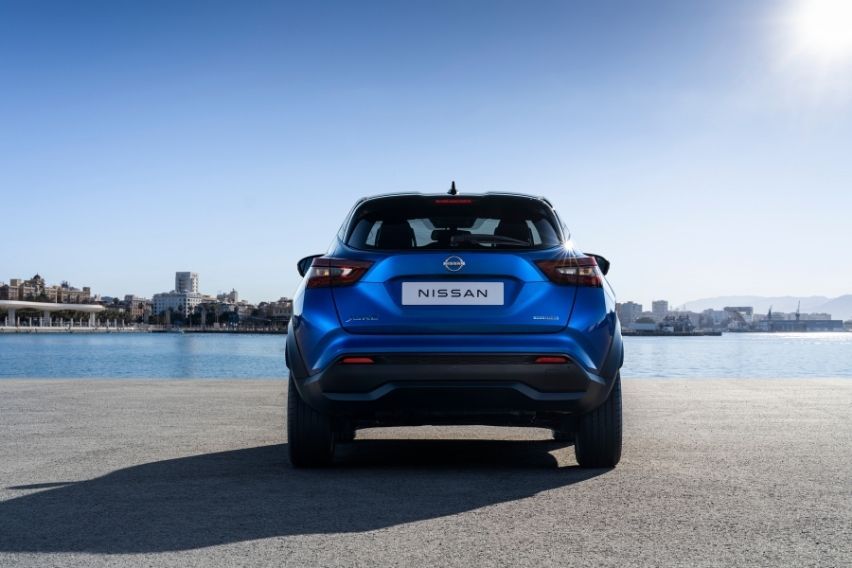
The Juke’s sporty coupe crossover style is carried over to the new Hybrid variant. Every aspect has been meticulously crafted, and a series of minor adjustments have been made to improve its aerodynamic efficiency and to distinguish the Juke Hybrid as the electrified variant. The front doors and tailgate have been adorned with “Hybrid” badges.
The new Nissan brand logo is featured on the front grille of the Juke Hybrid, as well as a strip of black gloss material where it meets the hood, bringing it in line with other electrified Nissan models that use the same design motif.
The grille is now mesh and has a smaller opening area to improve aero efficiency, which was made possible by the Hybrid variant’s decreased cooling requirements. The bodywork below the bumper has also been modified to increase airflow, and a radiator grille shutter has been installed, allowing airflow to be automatically adjusted based on the cooling needs and lowering aero drag as much as possible.
The rear spoiler, which sits above the rear window, has been reprofiled for better airflow behind the vehicle. The tire spoilers in front of the front wheels have also been modified and adjusted to clear the airflow, while the rear axle has been given a cover to smooth the airflow beneath the vehicle.
All-new two-tone 17-inch alloy wheels will be launched at the same time as the Juke Hybrid (also available on ICE variants), as well as Nissan Ariya-derived 19-inch aero wheels for aesthetic value and efficiency.
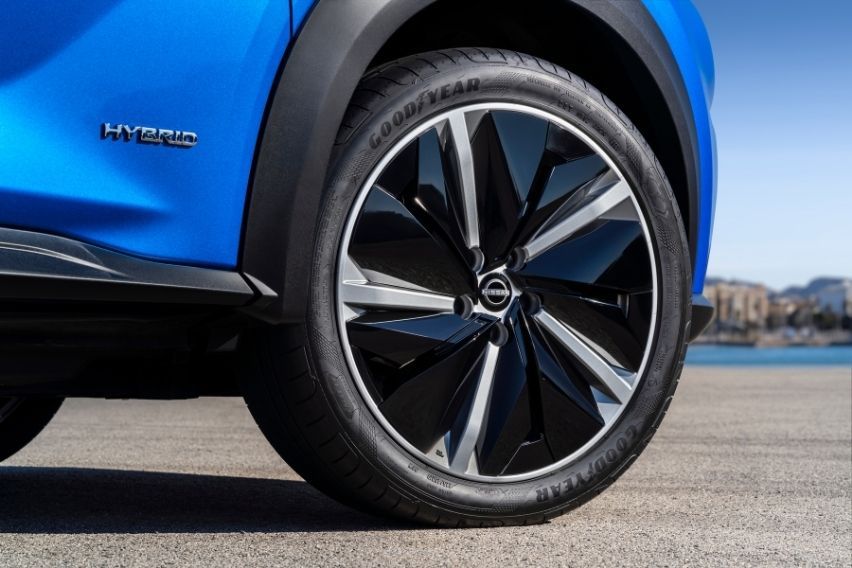
Inside the cabin, the right-hand dial displays speed, while the left-hand dial shows a power gauge, with the needle shifting between “charge” that indicates energy regeneration, “eco” that indicates electric propulsion, and “power” that indicates a combination of internal combustion engine and electric motor. A gauge in the lower part of the left-hand dial displays the battery’s state of charge.
A visual representation of the power flow can be displayed on the seven-inch combimeter screen between the two dials, illustrating all the different energy flows in a simple animation, increasing driver understanding of the system’s operation.
The e-Pedal button is located in the center console, behind the electric parking brake button, whereas the button to activated 100% EV mode is located between two of the central air vents. When the e-Pedal and EV modes are turned on, visual reminders appear at the bottom of the combimeter screen.
Due to the design of the 1.2-kWh battery pack, the boot space is reduced to 354 liters, 68 liters less compared to the petrol version. With the rear seats folded, load space is still the best in class at 1,237 liters, and knee room remains 553 mm.
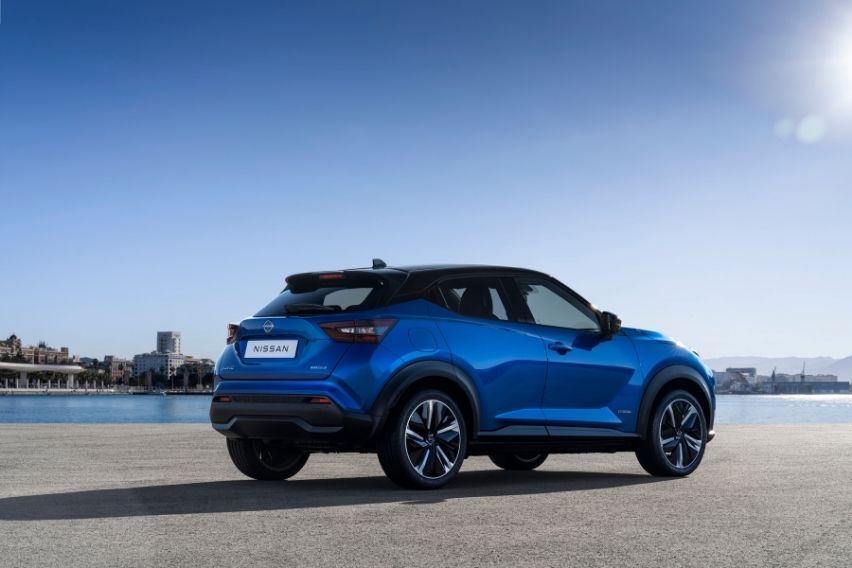
“The introduction of the new Juke Hybrid this summer will be another key addition to Nissan’s electrified range,” Nissan AMIEO Region Vice President for Product Strategy and Pricing Arnaud Charpentier stated. “We are in the middle of an electrified product offensive that places equal emphasis on eco-efficiency and driving pleasure. Like all of our electrified products, Juke Hybrid rewrites the rules in its segment thanks to the bold innovation that delivers more performance and more efficiency.”
Photos from Nissan
Also read: Nissan Micra gets UK-exclusive Kiiro variant
Sell your car at the best price
 Verified and genuine buyers
Verified and genuine buyers
Nissan Car Models
Trending & Fresh Updates
- Latest
- Popular
You might also be interested in
- News
- Featured Stories
Nissan Featured Cars
- Latest
- Upcoming
- Popular
Nissan Car Articles From Carmudi
- journal
- insurance


